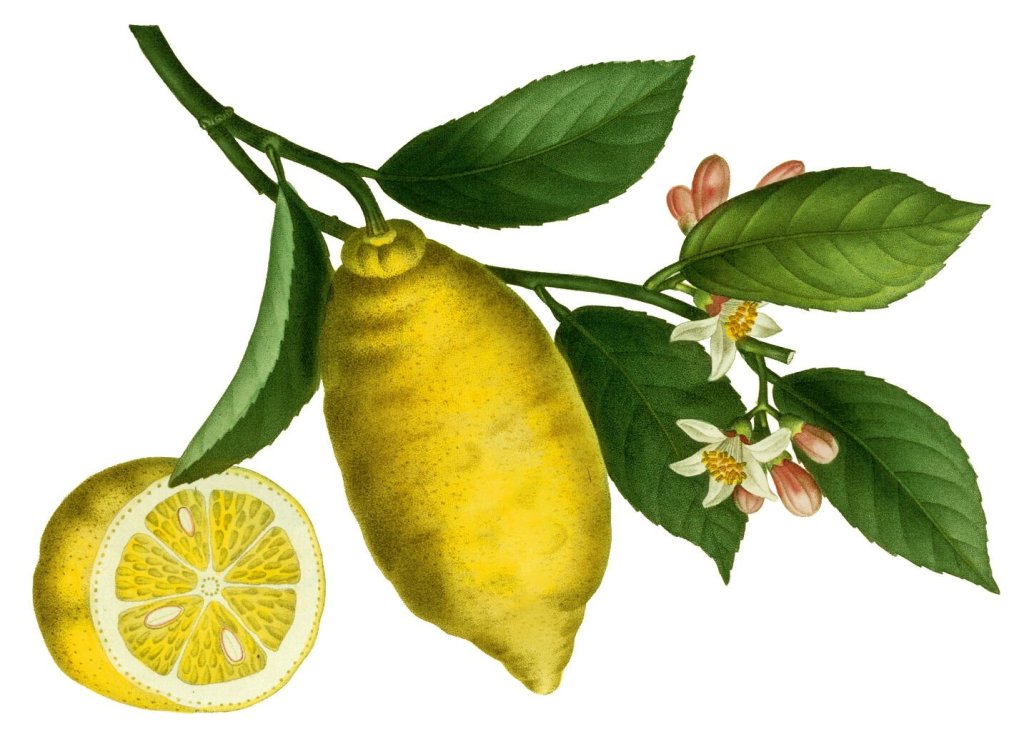The lowly lemon? No way. The fruit’s most fascinating facts
Published 4:30 pm Tuesday, March 1, 2022

- Vintage lemon
With amazing antibacterial properties, a loaded history and a global presence, this sour citrus was once even considered a status of wealth. Read on for more interesting facts about the fruit that finds its way into many of our meals.
Lemons are a fruit that keeps on giving.
- Lemons are a cross between a citron and a sour orange.
- They are classified as hesperidia, which are technically a type of berry.
- The average lemon contains eight seeds and three tablespoons of juice.
- The lifespan of a lemon tree is approximately 50 years, but they can live to be 100 with proper care.
- A single lemon tree produces an average of 600 pounds of fruit per year.
And they’re a global asset.
- Arizona and California grow 95% of the lemon crop in the United States.
- Globally, India and China are the top lemon producers.
- Around 40 different types of lemons are cultivated around the world. The nature of botanically classifying citrus fruit is difficult as the fruit is easily hybridized.
- There are likely hundreds of undocumented lemon hybrids growing in the wild.
- Amalfi lemons, grown on Italy’s Amalfi Coast, ripen to twice the size of the average cooking lemon. They are used to create the region’s signature liqueur, limoncello.
The fruit has a fascinating history.
- It is believed that lemons originated in Assam, a state located in northeast India.
- Egyptians once believed that eating lemons offered protection from several forms of poison.
- Columbus brought lemon seeds to the Americas in 1493.
- In the mid-1700s, Scottish doctor James Lind discovered sailors could be cured of scurvy with lemons, even though Vitamin C had not yet been discovered.
- Before the development of commercial fermentation processes, lemon juice was the industrial food production’s sole source of citric acid.
And they’re a fantastic, natural cleaning tool.
- Lemon juice is naturally antibacterial.
- Clean your dishwasher by adding lemon juice to the rinse cycle.
- Washing dirty roasting pans? Add a teaspoon of lemon juice to the dishwater to cut grease.
- Freshen stained or smelly plastic storage containers by rubbing them with lemon juice and allowing them to stand for 15 minutes before rinsing.
- For a better smelling sink, add a few ice cubes, some lemon peels and a handful of kosher salt to the garbage disposal, turn on the cold water and run it.
- To remove hard water and mineral buildup from sinks and faucets, douse the area with lemon juice and wait 15 minutes before wiping clean.
- After chopping onions or mincing garlic, remove any hint of the flavor or scent from your cutting board by massaging it with salt and the cut end of half a lemon. Rinse and dry thoroughly. This method can also be used to brighten up copper, aluminum or brass cookware.
- Got ugly grout? Spray lemon juice and allow it to stand for ten minutes before scrubbing for a brighter, cleaner kitchen or bath.
They also contain amazing nutritional and medical properties.
- One lemon contains around half the recommended daily allowance of Vitamin C for an adult.
- Lemons are the only food in the world that are anionic, which means they possess a negatively charged ion.
- In addition to Vitamin C, lemons also contain potassium, magnesium and calcium. And they’re higher in potassium than apples or grapes.
Finally, lemons were once a status of wealth and royalty.
- Lemons were once so treasured and rare that royalty would present them to one another as gifts of goodwill.
- In the Renaissance era, women used lemon juice to pinken their lips.
- In the Victorian age, the wealthy raised lemons on their estates as a fragrant status symbol.

